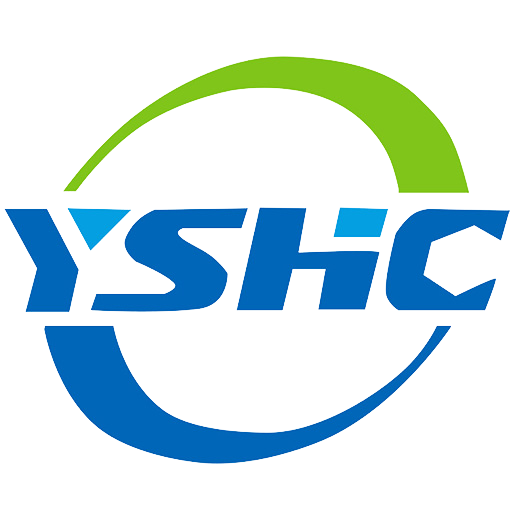As spring rolls around, three out of four American households engage in a deep clean, according to the American Cleaning Institute. But beyond the dusting and scrubbing, a powerful movement is gaining momentum: sustainability. This isn’t just a seasonal fad—it’s a reflection of growing environmental and health awareness among consumers.
Market research firm Smithers predicts that by 2025, the global sustainable cleaning market will hit $110 billion, with eco-friendly products growing twice as fast as the rest of the market. So, what’s driving this surge? Here are four compelling reasons behind the sustainable cleaning revolution.
- Healthier Homes, Healthier Lives
The rise of low-tox living is one of the major forces behind the shift to sustainable cleaning. Consumers are increasingly aware of the potential health risks posed by traditional cleaning chemicals, and they’re seeking safer, non-toxic alternatives for their homes.
This trend follows a natural evolution:
- First came organic food.
- Then personal care products.
- Now, it’s household cleaning—where we spend most of our time.
Indoor air quality is a top concern. Many traditional cleaners contain volatile organic compounds (VOCs) that can worsen asthma, allergies, and other respiratory issues. A 2023 study in Chemosphere found nearly 200 harmful VOCs in common household cleaning products. In contrast, green cleaning products were significantly less likely to release these toxins.
As toxicologist Alexis Temkin noted in The New Lede, the research “sounded an alarm for consumers and regulators about the hidden risks of indoor air pollution.”
- Fighting Plastic Pollution
Traditional cleaning products also come with a heavy environmental toll—particularly due to single-use plastic packaging. According to Greenpeace, the equivalent of one garbage truck of plastic enters the ocean every minute. By 2040, plastic waste is expected to double, and ocean plastic pollution could triple.
Recycling alone won’t solve this. Despite growing public efforts, only 5% of plastic actually gets recycled. Instead, the key lies in reducing plastic use altogether.
Eco-conscious consumers and brands are stepping up by:
- Switching to refillable containers.
- Usingbiodegradable or recycled packaging.
- Creating homemade cleaning solutions from pantry staples like vinegar, baking soda, and lemon.
These steps help minimize landfill contributions and ocean-bound plastics while still achieving effective cleaning results.
- Stylish, Smart & Affordable
Sustainable cleaning no longer means sacrificing luxury or performance. Today’s market offers eco-friendly products that are both chic and cost-effective.
Take Homecourt, a designer brand launched by actress Courteney Cox. Its cleaning range includes scents like Leather Cece and Steeped Rose, packaged in minimalist bottles made from 100% recycled materials. The brand also uses gentle, natural surfactants like coconut-based degreasers.
For consumers who want the look without the price tag, DIY cleaning solutions made from basic kitchen ingredients offer a compelling alternative. With just a few natural ingredients, it’s easy to make powerful, safe cleaners for ovens, sinks, and even hairbrushes—while minimizing both cost and environmental impact.
Reusable glass spray bottles also let eco-minded users blend sustainability with style, while refillable and bulk options now dominate retail shelves, offering eco convenience at every price point.
- Cleaning in a Post-Pandemic World
The COVID-19 pandemic brought cleanliness to the forefront of daily life. In 2020, disinfectant and surface cleaner sales soared as consumers focused on germ-killing power. Now, with the immediate threat receding, attention has shifted to long-term well-being and sustainable living.
According to research firm Mintel, the pandemic sparked a lasting interest in cleanliness—but also a growing concern over chemical exposure. While habits like frequent handwashing and home cleaning persist, consumers are now choosing safer, greener alternatives.
As Melissa Hockstad, CEO of the American Cleaning Institute, told C&EN:
“This isn’t a passing trend. The habits developed during the pandemic—cleaning more often, being mindful of ingredients—are here to stay.”
Conclusion: A Clean Future Starts with Better Choices
From health-conscious living to reducing plastic waste, sustainable cleaning products are no longer niche—they’re becoming the new normal. As the world shifts toward environmentally responsible solutions, brands and consumers alike are embracing products that are effective, safe, and sustainable.
Whether you’re a minimalist DIY cleaner or a premium eco-brand enthusiast, one thing is clear:
Sustainable cleaning is here to stay—and it’s transforming how we care for our homes and our planet.
